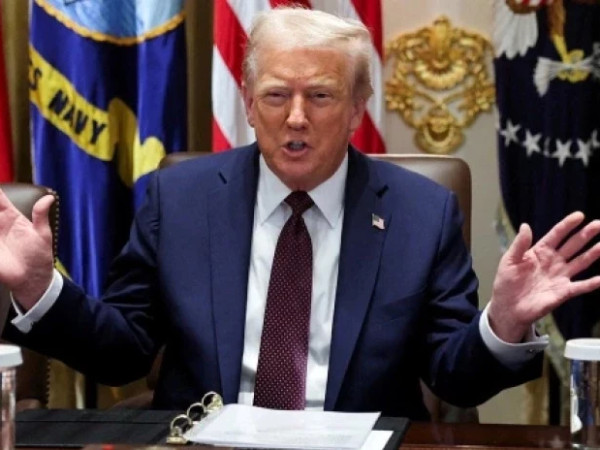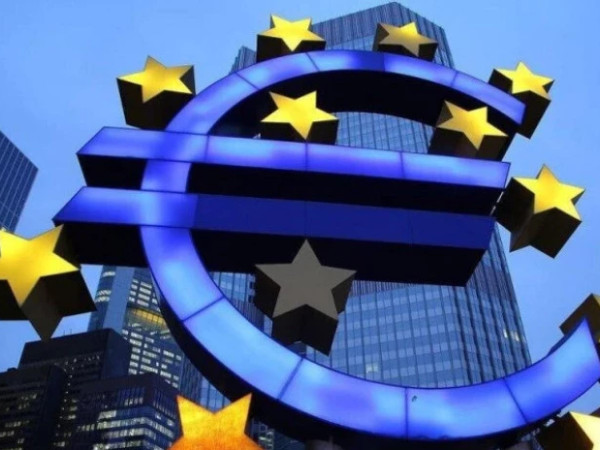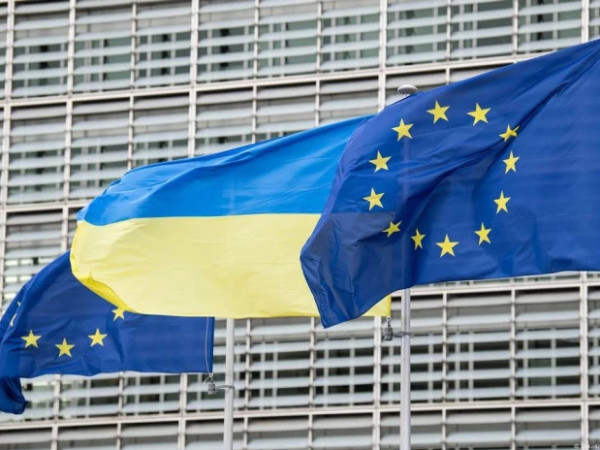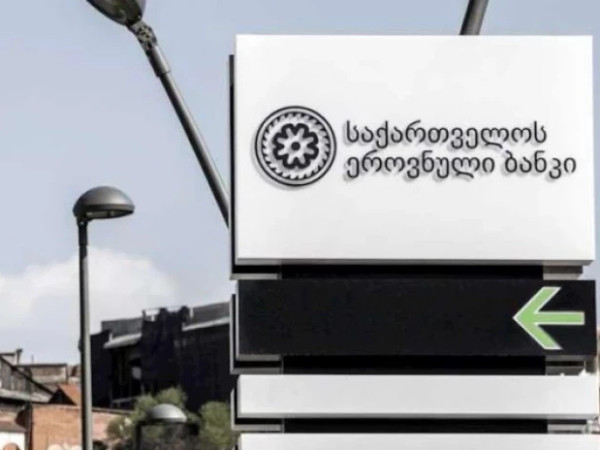"We were thinking of naming the monthly review differently from our latest insights, but, as our senior economist said, market sentiments shifting to price in GEL expectations simply remain the story of the month. Based on our estimates of daily deposit conversions, we observe yet more acceleration in foreign currency deposit growth in September, as anticipation has grown for potential GEL weakening. Similarly, turnover on the FX market has risen in the past few months, and so have net foreign currency purchases by households and legal entities. In this regard, we particularly note increased activity in FX forwards, indicating a rising number of market participants looking to lock in the exchange rate. Moreover, accelerated FX deposit growth has resulted in declining deposit larization, as well as the opposite on the credit side to some extent.
Till mid-September, the effect of these adverse shifts in sentiments had been neutralized by close to record-high external inflows, even enabling the NBG to buy USD 41 million in August. However, GEL began to marginally weaken in the 2nd half of September, depreciating by 1.4% MoM by the end of the month. We estimate that the NBG has switched to the USD selling side and has been undertaking sizeable interventions to smooth exchange rate volatility. What do we say going forward on the GEL? We stick to our view of USD/GEL 2.80 at the end of the year, also keeping in mind a considerable likelihood of the USD weakening in the medium term. We also reiterate that adverse shifts in sentiments, while resulting in concurrent drag, can also be seen as a form of a buffer for good times, if/when sentiments improve, aiding appreciation with the eventual drag reversal. To this point, our short-run equilibrium GEL estimate slightly strengthened in July and August due to favorable external terms, despite domestic aggregates contributing negatively. The balance between sentiments and external inflows will remain key going forward.
As for economic growth, the August print came in at 12%, higher than our 9.3-10% estimate and thus implying an upside to the around 9% full-year baseline forecast. In this regard, we will be releasing detailed projections in the near future. Apart from strong credit activity coupled with growing non-resident expenditures, our proxy for conventional tourism, we note the contribution of ferro-alloys which has a strong domestic component and has been the main driver of domestic export growth. While September dynamics indicate a relative slowdown in non-resident expenses on a monthly basis, the expansion remains robust in annual terms. From the expenditure side, growth in the first half of 2024 has essentially been entirely driven by consumption. Although the share of consumption in GDP remains below historical highs, it has grown significantly in 2024 thus far and will be important to keep an eye on. On the other hand, investment has contributed negatively to economic growth in both quarters, but the shrinkage has been caused by changes in inventories, while investment flows (gross fixed capital formation) have in fact increased. From the production side, trade was the single largest contributor, followed by accommodation and education, with the latter the largest driver for overall six-month growth in 2024. As for more long-run, compared to 2019, transportation, ICT and trade contributed the most to 5-year growth.
Even though powerful growth would imply inflationary pressures, headline annual inflation reached 1% in August, with prices declining by 0.1% MoM, although this was the second consecutive month with the internet fee plunging MoM, by -23.5% this time (-21.6% MoM in July), again a substantial outlier. Overall, we estimate that one-off changes in the level of inflation – electricity fee, antibiotics and internet fee – together contributed up to -0.9 percentage points in August annual inflation. While median annual inflation increased for the third consecutive month to 1.4%, underlying measures do not indicate inflationary pressures of note, though service inflation (without one-offs) remains relatively sticky. Due to this yet another one-off impact on the level of CPI, we adjust the EoP headline inflation outlook from under 2% to closer to 1.5%. Furthermore, oil prices have continued to fall, which could aid disinflation, albeit significant risks remain from potential escalation in the Middle East"- TBC Capital monthly review reads.


















